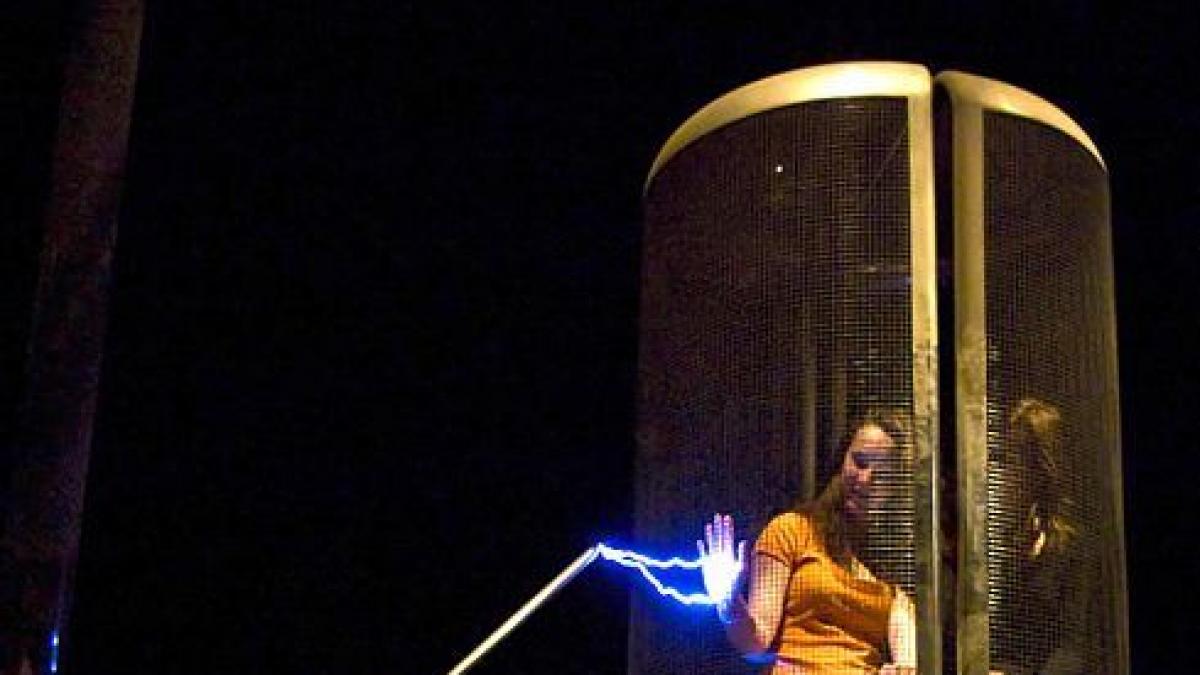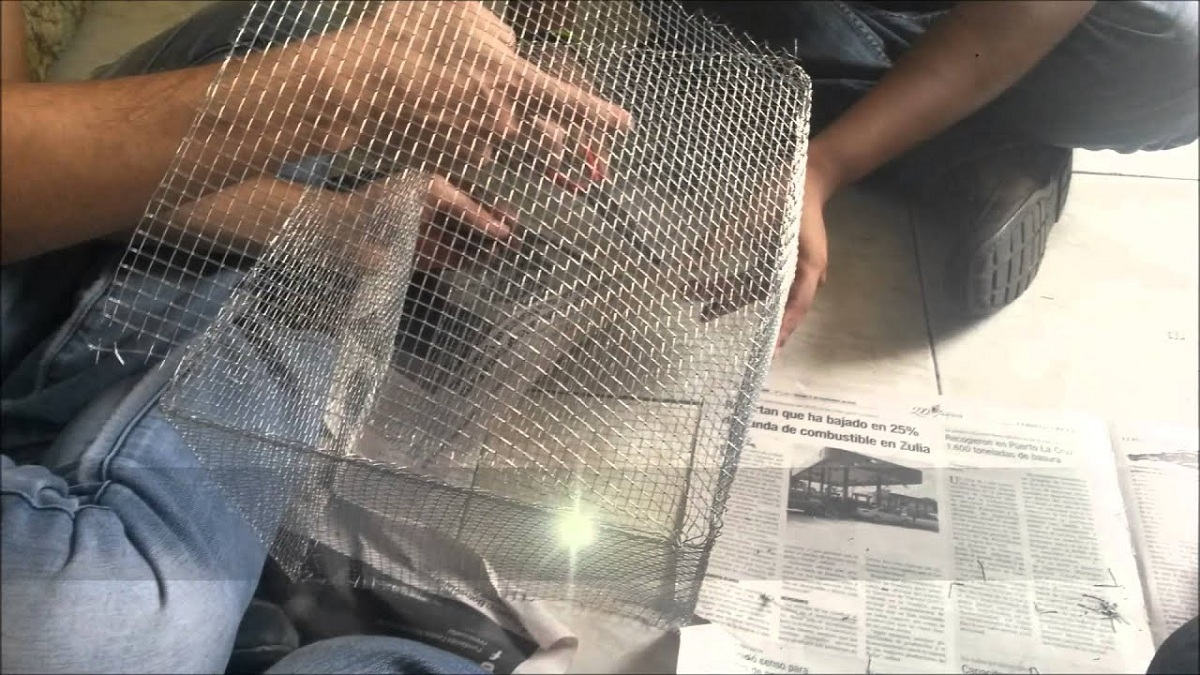
When we talk about Faraday cage we are talking about a container covered by electrically conductive materials. Michael Faraday was a scientist who had great contributions to the world of science. Thanks to this scientist, many of the elements that we use in our day to day to apply the Faraday cage principle.
In this article we are going to tell you everything you need to know about the Faraday cage, its characteristics and its applications.
Key features

When we talk about the Faraday cage we are referring to a container covered by electrically conductive materials. These conductive materials can become metal plates or meshes. The set of these materials works like a shield against the effects of an electric field coming from the outside. Thanks to the discovery of Michael Faraday, many of the elements that we use in everyday life apply the principle of this cage. Some of the examples of elements that we use in our day to day and that follow this principle are cables, cars, airplanes and microwave ovens, among others.
The shape and size of the elements can change, as well as the materials that the Faraday cage is covered with. In order to fully understand all the characteristics of the Faraday cage, we are going to take a trip back in time to understand its history.
At the beginning of it all, Michael Faraday In 1836 he carried out the experiments that allowed him to build this insulating cage. It bears the name of its inventor since he was the person to observe that a conductive material showed the effects of an electric discharge only on the outside. This type of experiment indicated that the charges on the conductor are capable of being distributed in such a way that they can cancel the electric fields that occur internally.
In order to verify the effects of this discovery, Faraday covered the walls of a room with aluminum sheets. He used an electrostatic generator and began to apply high-voltage shocks to the outside of the room. With an electroscope he was able to verify that the electric field inside the room was zero. Electroscope is a device that allows us to detect the presence of electrical charges inside a body. Thanks to this type of device, a large number of accidents in the field of electricity can be prevented.
Thanks to the Faraday cage experiment and many others, this scientist was one of those who made it possible for electricity to have practical uses such as we know today.
How the Faraday cage works

We are going to see what are the bases of the operation of this cage. When we apply an electric field to a container almost covered by metallic materials such as It is aluminum or metal meshes, we know that the container works as an electrical conductor that is polarized. When this container becomes polarized, it becomes charged with positive charges in the direction in which the external electromagnetic field travels. We know that, while it charges positively on the outside, it charges negatively in the reverse direction. In this way, a field of equal magnitude is created but in the opposite part to the electromagnetic field that has been applied.
The sum of both fields both inside said container and the outside equals zero. This happens thanks to the fact that conductive materials order all their charges whenever they meet external electric fields. In this way, they manage to order their charges on the surface in such a way that the internal field has a value of zero.
How to make a Faraday cage
If you want to try experiments like Michael Faraday hoisting, you can try making a Faraday cage yourself. For example, we can totally wrap a phone in aluminum. If we do this we will block your signal completely. Manufacturing this type of cage is very simple. We just have to enclose a certain space within a conductive material. All the materials that are necessary are quite accessible. We can use metallic materials such as aluminum foil, boxes, metal mesh or a steel trash can.
Before proceeding to make the Faraday fauna we must take into account some things:
- If we are going to use meshes or grids, the holes in that conductor must be smaller than the length of the signal to be blocked.
- The interior space must be completely isolated without the presence of any type of cracks. Cracks exist the Faraday cage will not be completely isolated.
- The thickness of the conductor must be used depending on the frequency that you want to block.
There are many ways to make a Faraday cage. Let's see what are the main steps to make this type of cage:
- It forms a cylinder composed of metal mesh and an aluminum platform.
- You must place a radio on and tuned on the platform. Afterwards, actually mount the metal mesh cylinder on the platform. As you have put the metal mesh, you should check that the radio signal begins to be damaged. This means that the electromagnetic waves that the radio should receive are interrupted by the placement of the metal mesh.
- Use cell phones and verify that they can make or receive calls. Subsequently, wrap one of the phones inside a sheet of aluminum foil and when making a call from this phone, you will notice that the signal is blocked.
Examples

Some examples of Faraday cage today can be seen in multiple examples from everyday life. One of them is when we go on an elevator or in a building made of metal grating. In these places, our cell phones don't work. It also happens with the microwave. To prevent the waves from escaping to the outside, a Faraday cage is made to avoid harmful effects on health. The special suits of the electrical technicians are also the same.
If we met our car during an electrical storm, by staying inside the vehicle we are protected from lightning.
I hope that with this information you can learn more about Faraday's fauna and its characteristics.